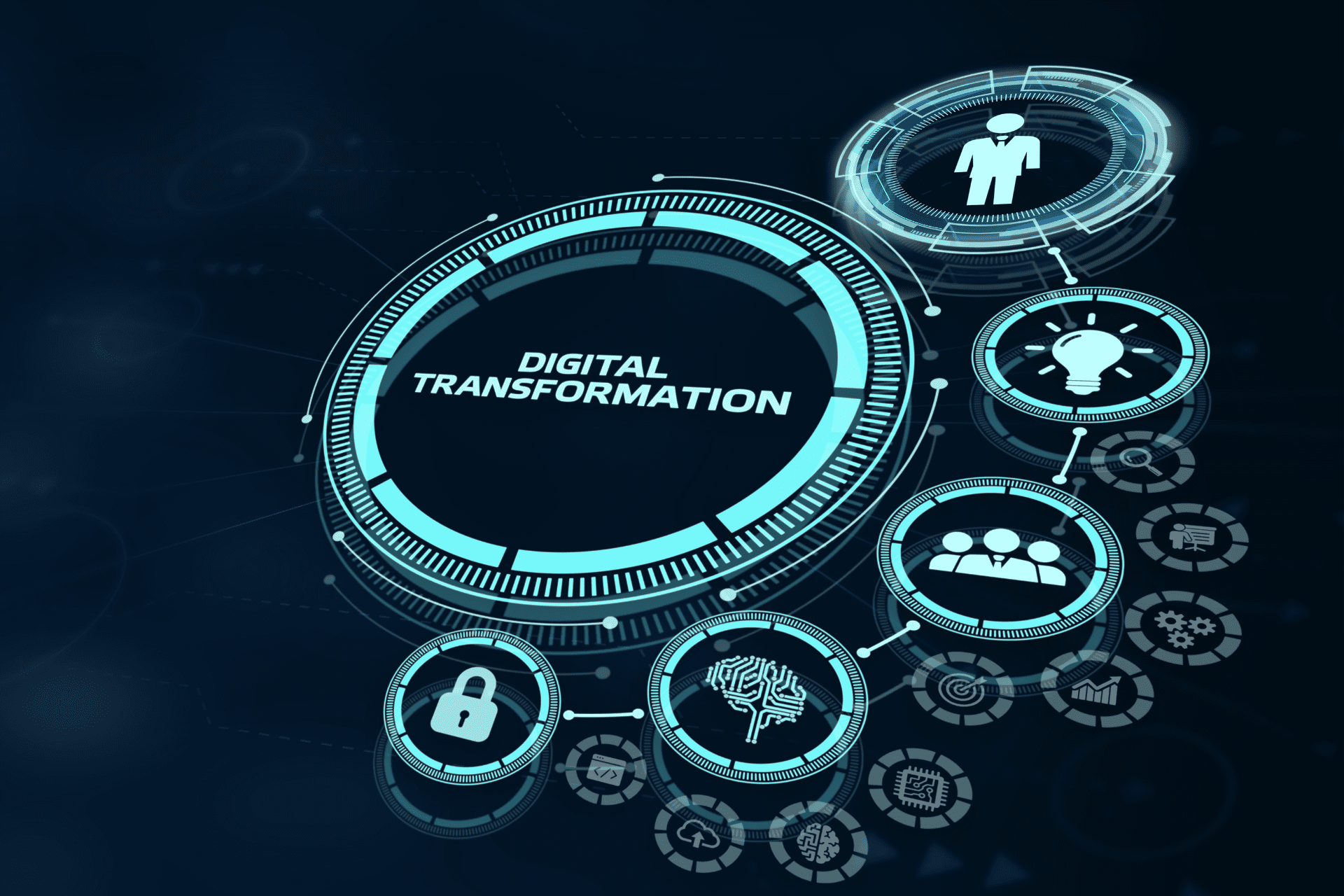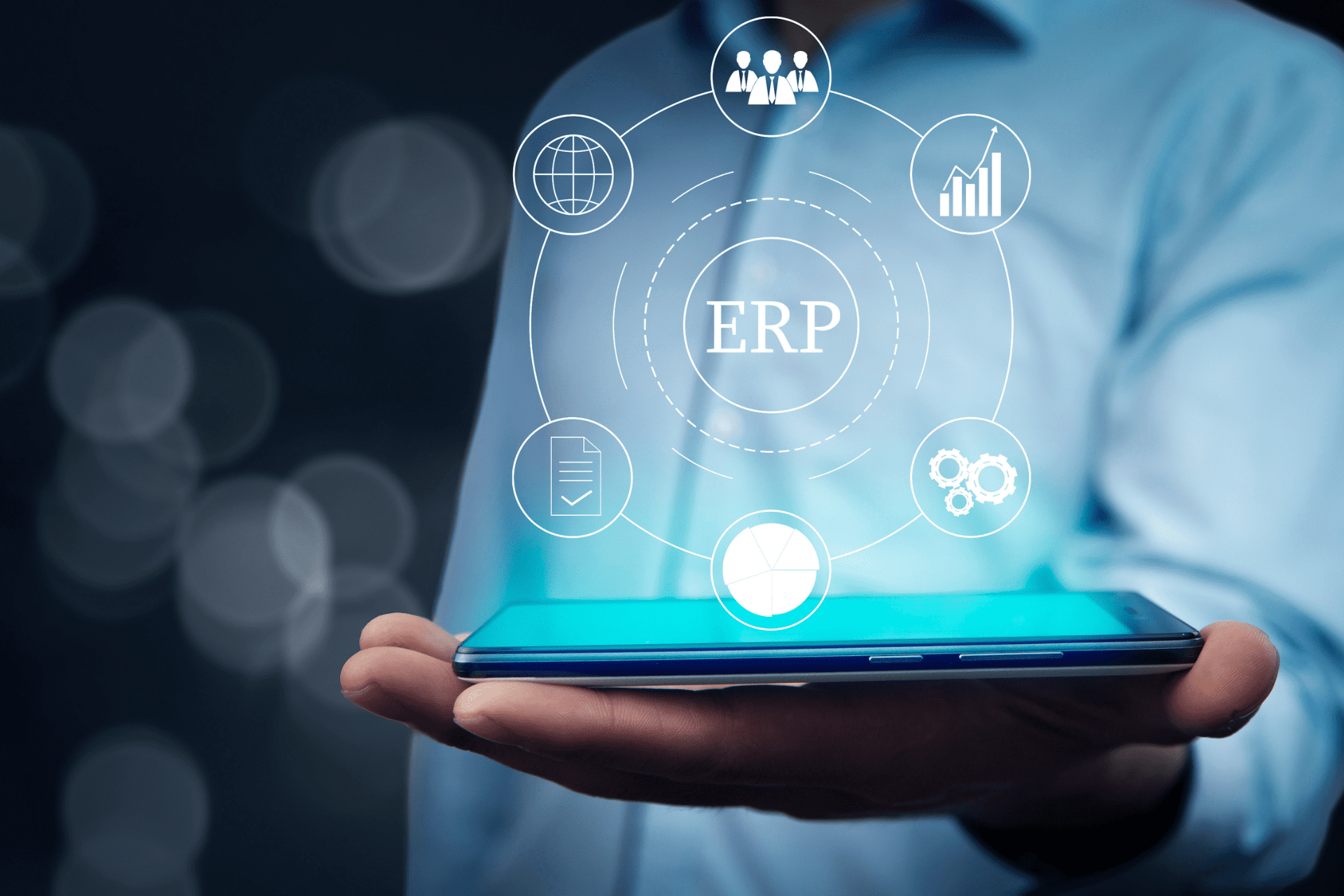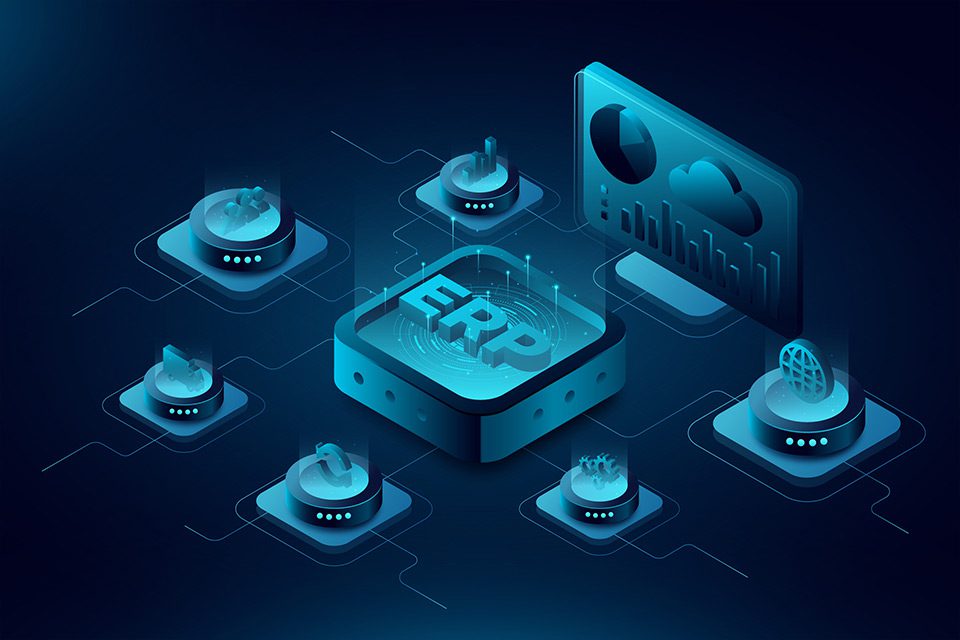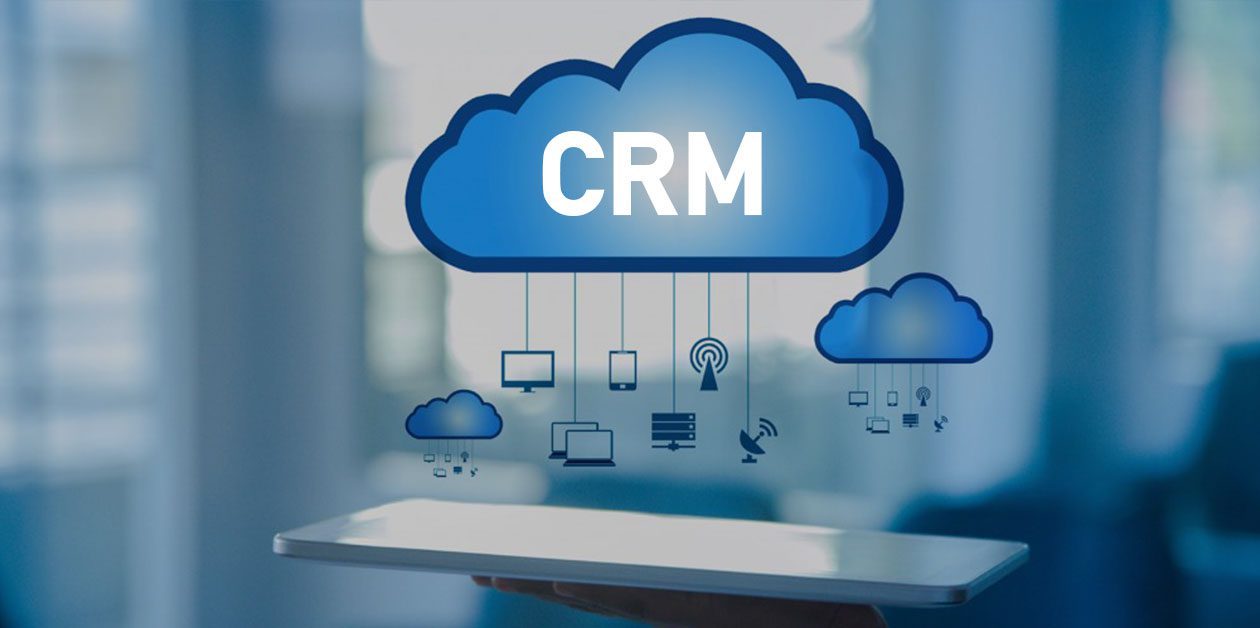Share
Read also

Trends & Views
Digital transformation strategies

Business Software
CRM 2025 market: Response to increasing customer demands

Business Software
Understanding the ERP lifecycle management

Mobility
How is EM shaping the way SMBs operate?
Cloud computing is the modern trend that every business in the world embraces, and not without good reason. Cloud-based solutions offer businesses the tools they need to improve their operations, in all aspects. The same is obviously true for Cloud ERP systems that provide the solution to the five specific issues described below.
1. Timely automated updates
Updates have been a major headache for IT departments worldwide and a source of many problems for businesses. Now, thanks to Cloud computing, updating has become a continuous process that runs in the background, and usually requires no intervention from either the personnel or the admins. This applies to modern ERP systems as well (where employees can continue doing their work, without having to stop while the system is being updated) and of course, helps avoid expensive and time-consuming errors.
2. Simple user addition
One of the things that created a series of problems for IT departments, in the case of on-premise systems, was the addition of new users. Now, with Cloud-based ERP systems, you can add new users very easily: the IT department just signs up the new users, provides them with the required tools and the job is done! And if, for some reason, you need to reduce the number of users, the ERP system will make the necessary re-adjustments to meet the new requirements.
3. Continuous and remote support
In the past, support was -to put it simply- a great trouble. Vendor support was delayed, since the support team would first have to identify the applicable version and the customization package that ran on the specific business ERP system. This process could take hours, or even days, depending on how familiar the admin was with the solution. Now, modern Cloud-based ERP systems have eliminated these issues. At a click of a button, the support team can see all the configuration details it needs. The only restriction is the Internet connection speed.
4. Automated alerts and solutions
Do you need more storage, memory or processing power? In the past, these issues could cause a panic attack to IT departments, as they potentially entail work disruption and unexpected expenses. With Cloud computing, you can have immediate access to the additional resources you need. Automated alerts provide timely notification, while the management of the existing resources is streamlined, according to your requirements. For example, your business can have access to high-speed disks for several hours, in order to cope with increased demand at peak hours, and then return to its normal use.
5. More features, same cost
In the past, purchasing a solution automatically meant a very strict commitment. As a result, you could end up buying features that you didn’t really need. The same applied to CRM and other modules, so businesses had to be absolutely certain before proceeding with any purchase, as there was no turning back. Thanks to Cloud-based solutions, businesses can test the system they’re interested in for free and then make up their mind.







